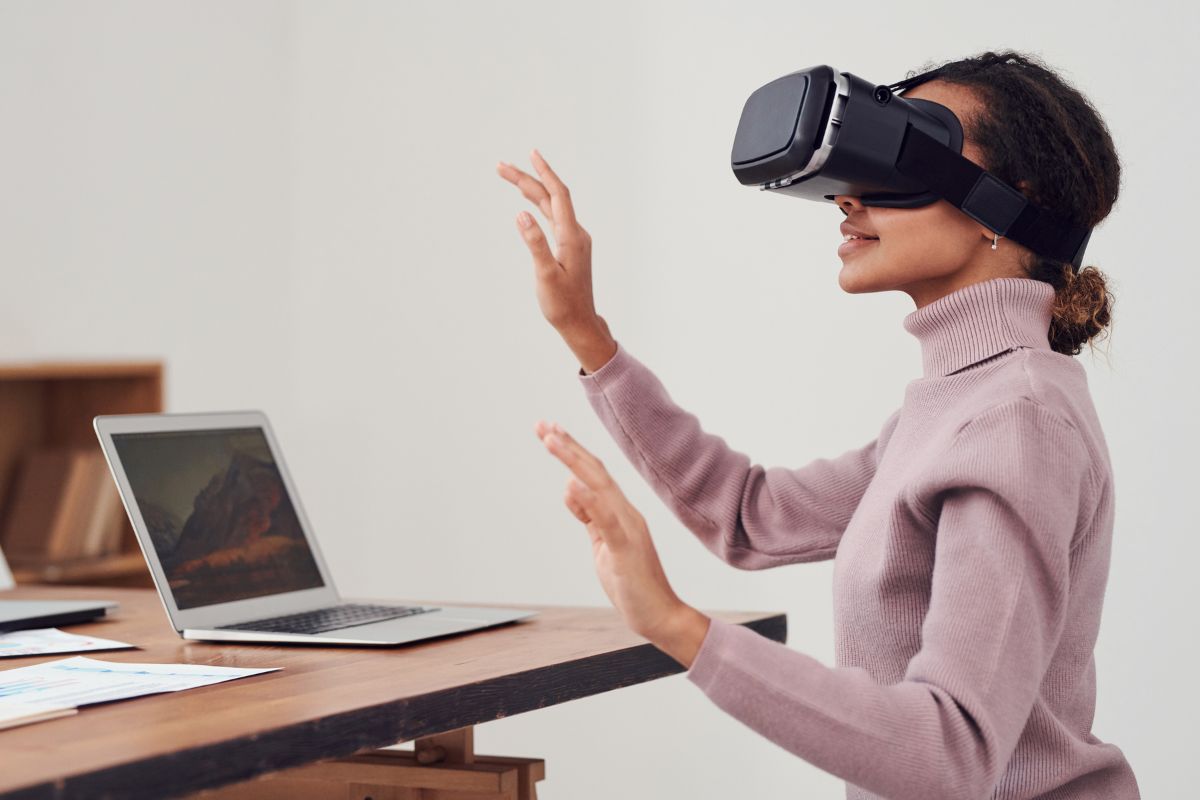XR marks the spot for innovation as investment across tertiary education increases

New Jisc report finds extended reality (XR) is being increasingly used in teaching and learning, but lack of resourcing and challenges around accessibility and sustainability continue to be barriers
In a survey of more than 150 members from 110 institutions across the UK further and higher education (FE and HE) sectors, Jisc’s 2023/24 extended reality (XR) in learning and teaching report found that 78% of respondents had invested in XR at their institution, with 55% indicating their organisation was getting moderate to extensive use out of the technology.
Compared with 54% of respondents from Jisc’s 2019 AR/VR in learning and teaching report that said augmented and/or virtual reality was being used in one or two departments at their institution, and only 12% stating they were using it in five or more departments, it is clear the use of XR in education is increasing in popularity.
What are the HE and FE Organisational reported use of XR technologies?
HE – 4% extensive use, 63% moderate use, 33% slight use.
FE – 3% extensive use, 43% moderate use, 52% slight use, 1% no use.
Professor Faisal Mushtaq, director, Centre for Immersive Technologies, University of Leeds, and contributor to the report, said: “The publication of this report is an important milestone for the development of the immersive education sector.
“Substantial progress has been made in the five years since Jisc published its first report on the topic. The journeys described in this report show how immersive technologies are starting to realise their transformative potential – not just to enrich learning, but also to help prepare students for the world of work.
“I am sure that these case studies will serve to inspire and excite the further and higher education communities, and I look forward to seeing the creative ways XR will be applied across our sector in the years ahead.”
Kathryn Woodhead, XR subject specialist and community of practice manager at Jisc, said: “Some of the most frequent questions asked by Jisc’s XR community members include: ‘how are other institutions using XR?’ and ‘what is the scale/impact?’.
“I hope the production of this report will help move the conversation around these questions forward and provide a holistic view of how immersive technologies are being used in tertiary education in the UK.
“It is clear the huge impact of the global pandemic, and subsequent increased use of blended and online learning, has sparked our members interests and spurred them on to explore greater use of realistic virtual experiences.
“I’m excited to see how XR technology and its uses progress in the future.”
Jisc’s 2023/24 extended reality (XR) in learning and teaching report found that within the UK FE sector XR is predominantly used in the teaching and learning of health, public services and social care and STEM (science, technology, engineering and mathematics) courses, while HE also utilises the technology across arts, humanities and social sciences subjects.
The potential for XR to prepare learners for their future is also evident, with respondents from both FE (34%) and HE (41%) stating they believe ‘preparation for life and work’ would benefit from the use of XR.
What are the Barriers to using XR?
Barriers to using XR remain, with resourcing, in terms of costs, funding and time, highlighted as the main challenge to implementing XR across both FE and HE. A lack of specialist skill sets among practitioners was also identified as impeding greater use.
Accessibility of XR technology continues to cause issues for users, with 20% of respondents from FE and 53% from HE expressing concerns. Addressing accessibility is crucial not only to meet legal obligations but also to ensure learners receive equal learning opportunities.
The rapid pace of technological development within XR also poses a significant issue in terms of sustainability, as the high turnover rate of devices may lead to greater hesitation from leaders to invest substantial funds without a clear long-term plan.
The report puts forward two key recommendations for the future implementation and use of XR technology within tertiary education – improved and increased reporting around the impact of XR in teaching and learning, and greater collaboration across institutions, organisations and wider communities.
To join the conversation around XR in tertiary education, sign up to Jisc’s dedicated XR community of practice.











Responses